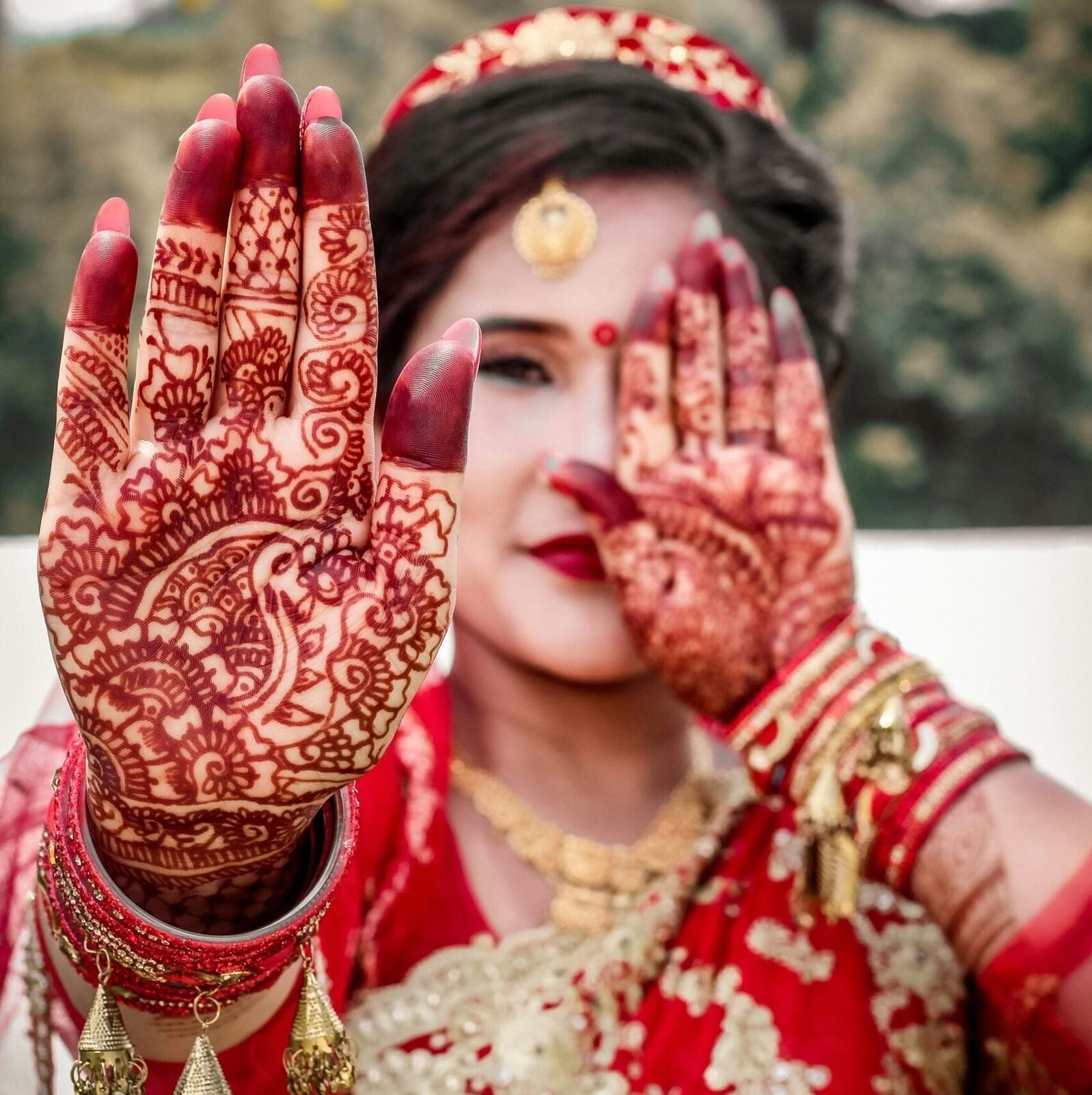Exploring Traditional Mehendi Designs for Every Occasion
The Significance of Mehendi in Indian Culture
Mehendi, commonly known as henna, holds a profound significance in Indian culture, deeply rooted in history and tradition. This art form has transcended generations, becoming an intrinsic part of various celebrations and rituals. Typically associated with festivities such as weddings, festivals, and religious events, mehendi is applied to signify auspiciousness and joy. It is believed that the darker the mehendi stain on the skin, the more luck and love a person will experience in the coming days, a notion that amplifies its popularity during significant life events.
The most notable occasion for mehendi application is during weddings. In Indian weddings, the Mehendi Ceremony is a vibrant pre-wedding event where intricate designs are applied on the bride’s hands and feet, symbolizing her joy and beauty. Traditionally, the designs often incorporate elements that represent the couple’s love story, along with motifs that embody fertility and prosperity. Additionally, the bride’s relatives and friends also participate, allowing for a shared experience filled with laughter and celebration.
Moreover, mehendi has a strong presence in various festivals such as Karva Chauth and Teej, where women adorn themselves with henna patterns as part of the festive spirit. Regional variations in mehendi designs further highlight the cultural diversity across India. For instance, Rajasthani designs are characterized by their intricate and dense patterns, whereas Bengali mehendi may feature more floral elements and less complexity. These regional differences reflect local customs, beliefs, and artistry, enriching the cultural tapestry of India.
Thus, mehendi stands as more than just a traditional adornment; it is a meaningful expression of love, happiness, and cultural identity, solidifying its role in the heritage of Indian society.
Diverse Mehendi Designs for Different Celebrations
Mehendi, an ancient art form, has evolved to accommodate a range of celebrations, each sporting unique designs that reflect the spirit of the occasion. When it comes to weddings, the traditional henna designs feature elaborate patterns, often incorporating floral motifs, peacocks, and intricate Indian embroidery styles. These designs not only enhance the beauty of the bride but also signify joy and auspiciousness. The more intricate the designs, the more it symbolizes the richness of the celebration.
Festivals such as Eid and Diwali are often marked by vibrant mehendi applications that embrace geometric designs and celebratory symbols. For Eid, floral elements intertwined with moon and star motifs are popular choices, reflecting both tradition and the joyous nature of the occasion. Diwali invites an array of patterns that highlight intricate designs, often adorned with twinkling elements symbolizing light and prosperity. The use of motifs such as diyas and rangoli patterns in mehendi creates a festive aura, encouraging family and friends to partake in the celebration.
On a more personal note, celebrations like birthdays and baby showers call for simpler, yet equally beautiful, mehendi designs. Playful patterns that include animals, balloons, or star motifs resonate with the lightheartedness of these events. Simplicity in these designs allows for a more casual approach, enabling guests to enjoy applying mehendi without the weight of elaborate patterns. The aim here is to create a joyful, relaxed ambiance, suitable for the informal nature of these gatherings. Artists often adapt their style to fit the event type, ensuring each mehendi application matches the theme and feel of the occasion.
Whether for weddings, festivals, or personal milestones, there is no shortage of inspiration when it comes to mehendi designs. Embracing the rich diversity of styles ensures each celebration is adorned with meaningful and beautiful art.

